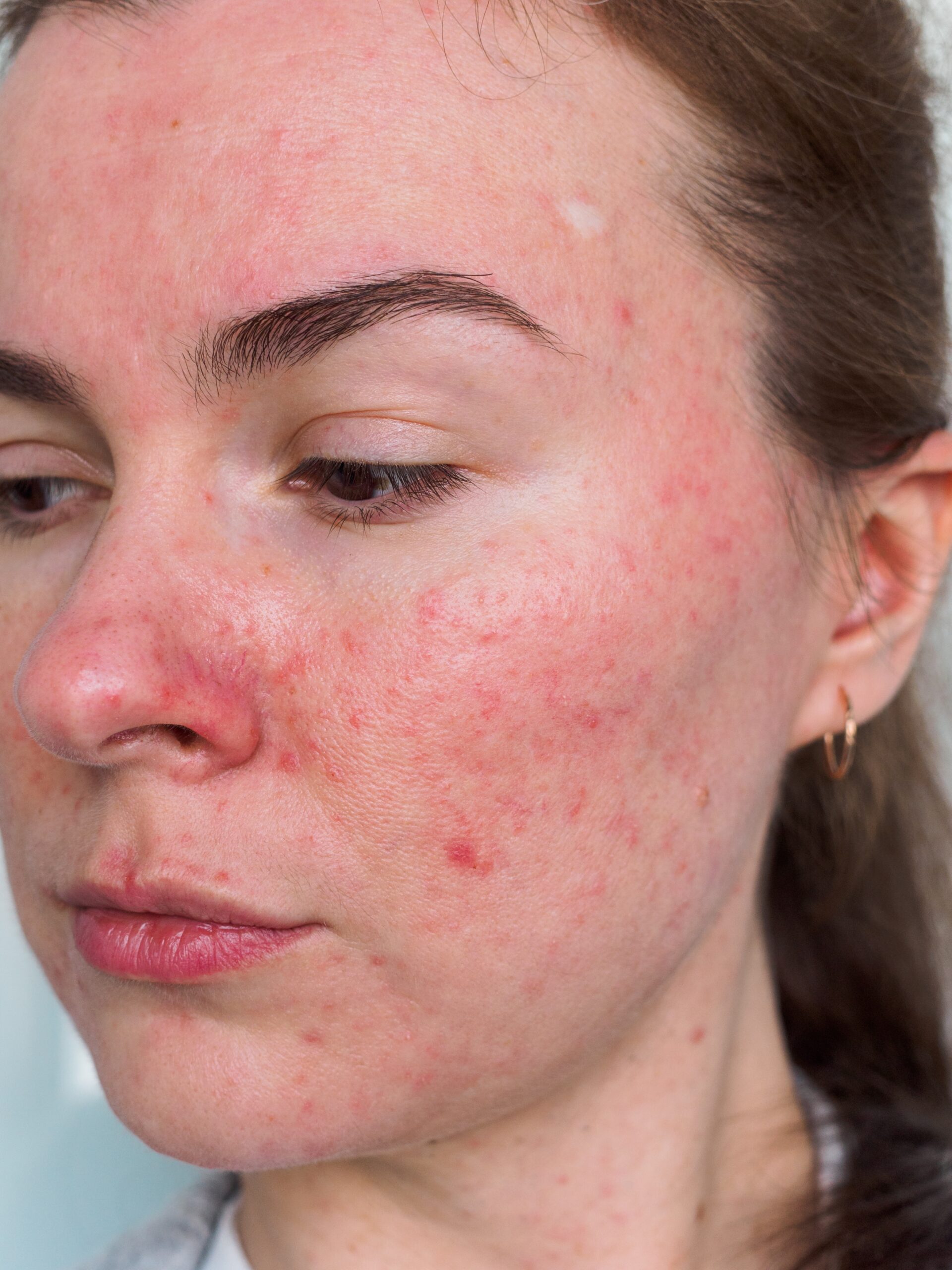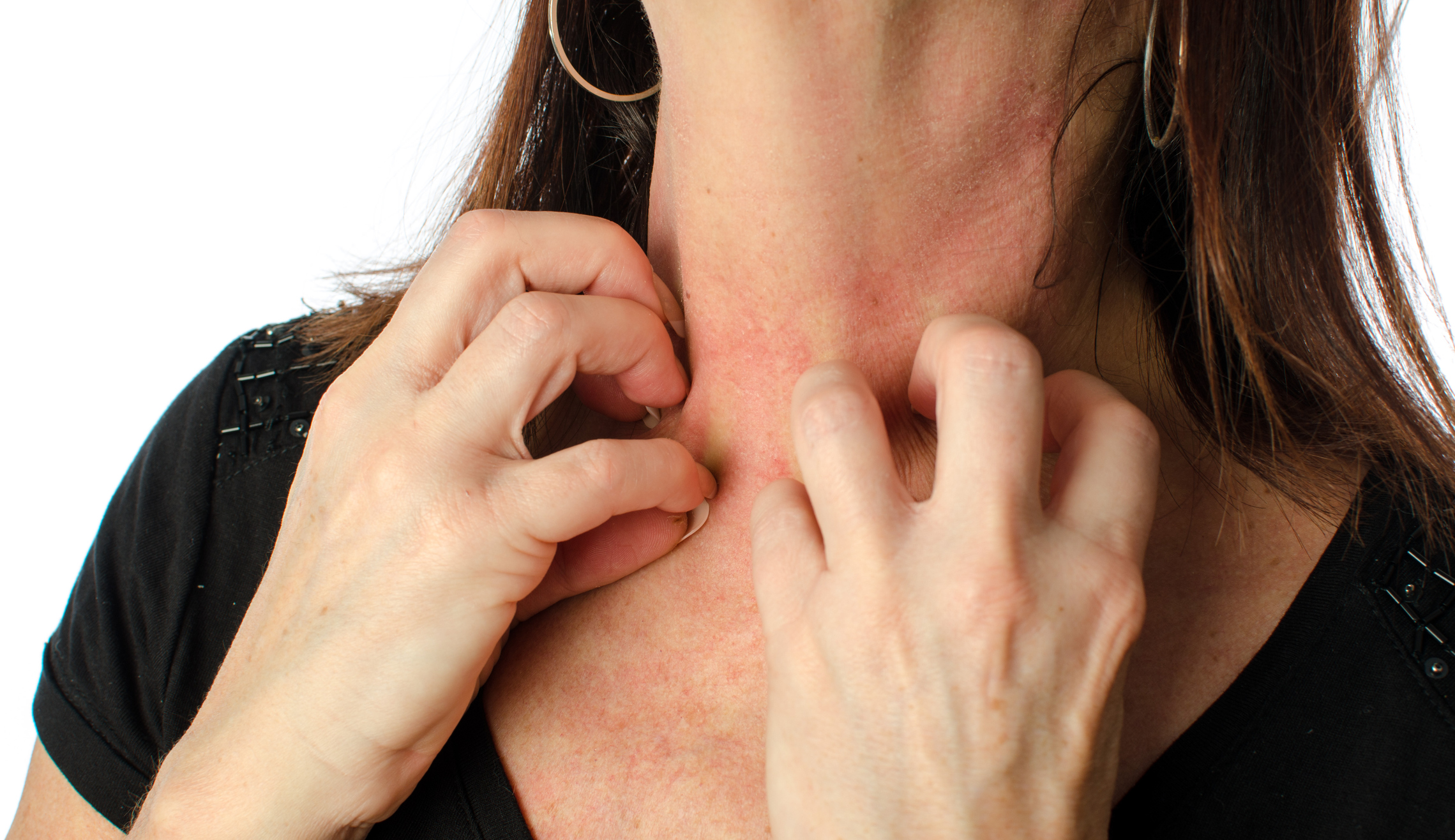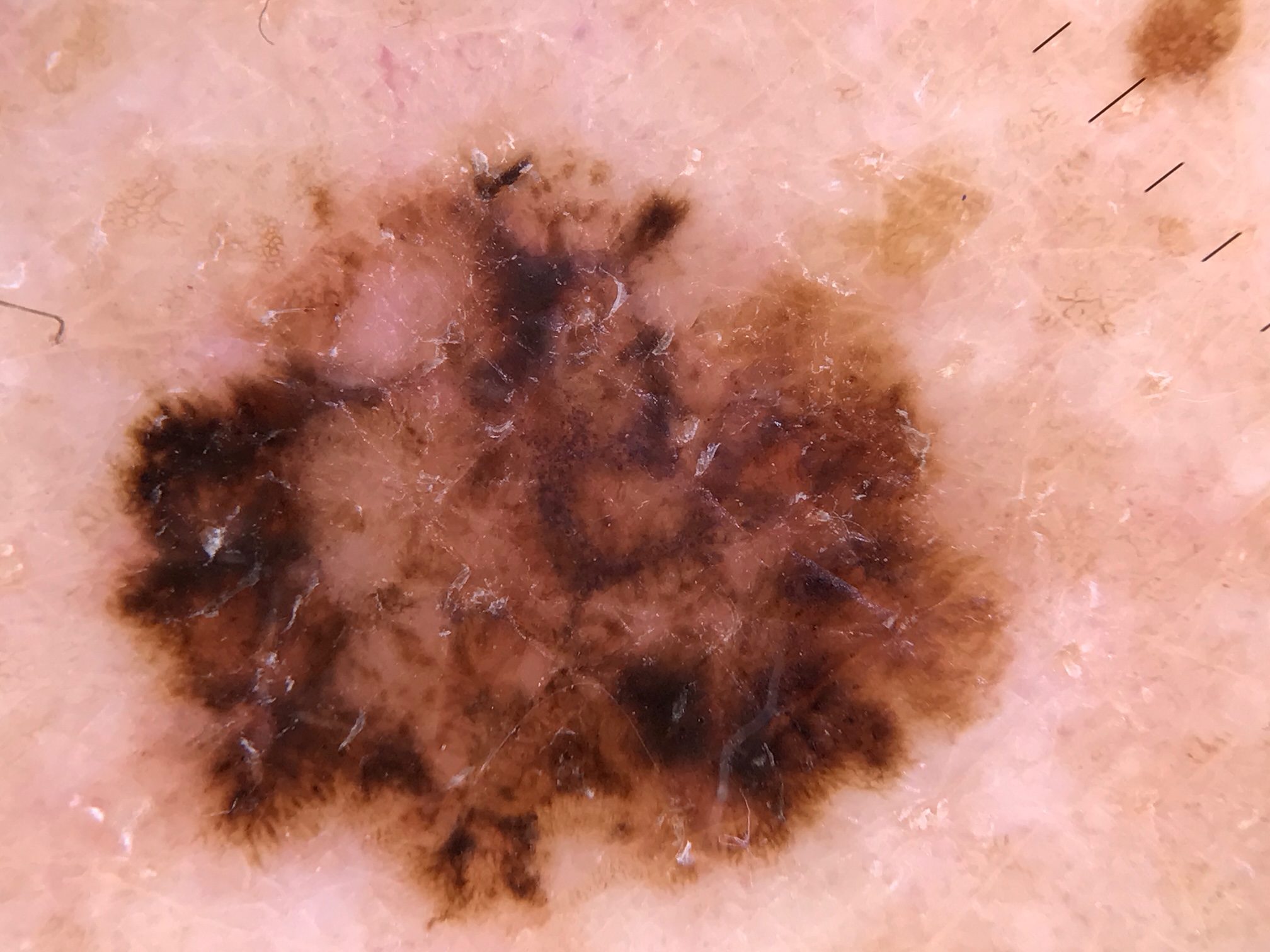Keloid scar refers to a firm, smooth, and hard growth that results from spontaneous scar formation. It can appear immediately after an injury or take a few months to fully develop. Keloids may be uncomfortable or itchy. Moreover, they can extend beyond the original wound site. They may form anywhere on the body, but the upper chest and shoulders are affected the most.
The reasons why wound healing would sometimes lead to the formation of keloid scar have not been discovered yet.
While the majority of the general population will never develop any keloids, others can develop them after minor injuries, acne spots, burns, and insect bites. Individuals with dark skin develop keloids easier in comparison with individuals who have more fair skin.
A keloid is considered to be harmless to general health and does not develop into skin cancer.
As the wound heals, the scar tissue starts forming. In the beginning, it appears as a red and often prominent lesion. After several months, the scar becomes pale and flat. However, if there is a lot of tension on a healing wound, the healing area would be thicker than usual. This condition refers to the hypertrophic scar. A hypertrophic scar is only limited to the damaged skin site.
A hypertrophic scar is able to settle over time or, in some cases, may require treatment. Meanwhile, a keloid scar may persist and would be resistant to treatment.
There are some general measures that can be helpful for some patients. For example, they are often treated with various emollients, such as creams and oils. There are also polyurethane or silicone scar reduction patches, silicone gel, and pressure dressings. Scar dressings are required to be worn for 12 to 24 hours per day for 8-12 weeks at least.
Cryotherapy can also be used as a treatment method. The procedure involves freezing the scar tissue in order to kill cells that correspond to the formation of keloid scars. The surgical excision may be beneficial in some cases. However, due to the keloid’s nature, excision may stimulate the formation of new keloid(s) that would be even larger than the original one.
Lastly, intralesional steroid injection could be another treatment option, This injection involves the usage of corticosteroid, such as triamcinolone acetonide that is directly injected into a lesion on or just below the skin. This procedure has to be repeated every few weeks.
Centre for Medical and Surgical Dermatology offers unique and personalized treatment options for keloid and hypertrophic scars for each patient.
2 Comments
Comments are closed.
Related Posts




Yes! Finaⅼly something about this condition.
Great post!